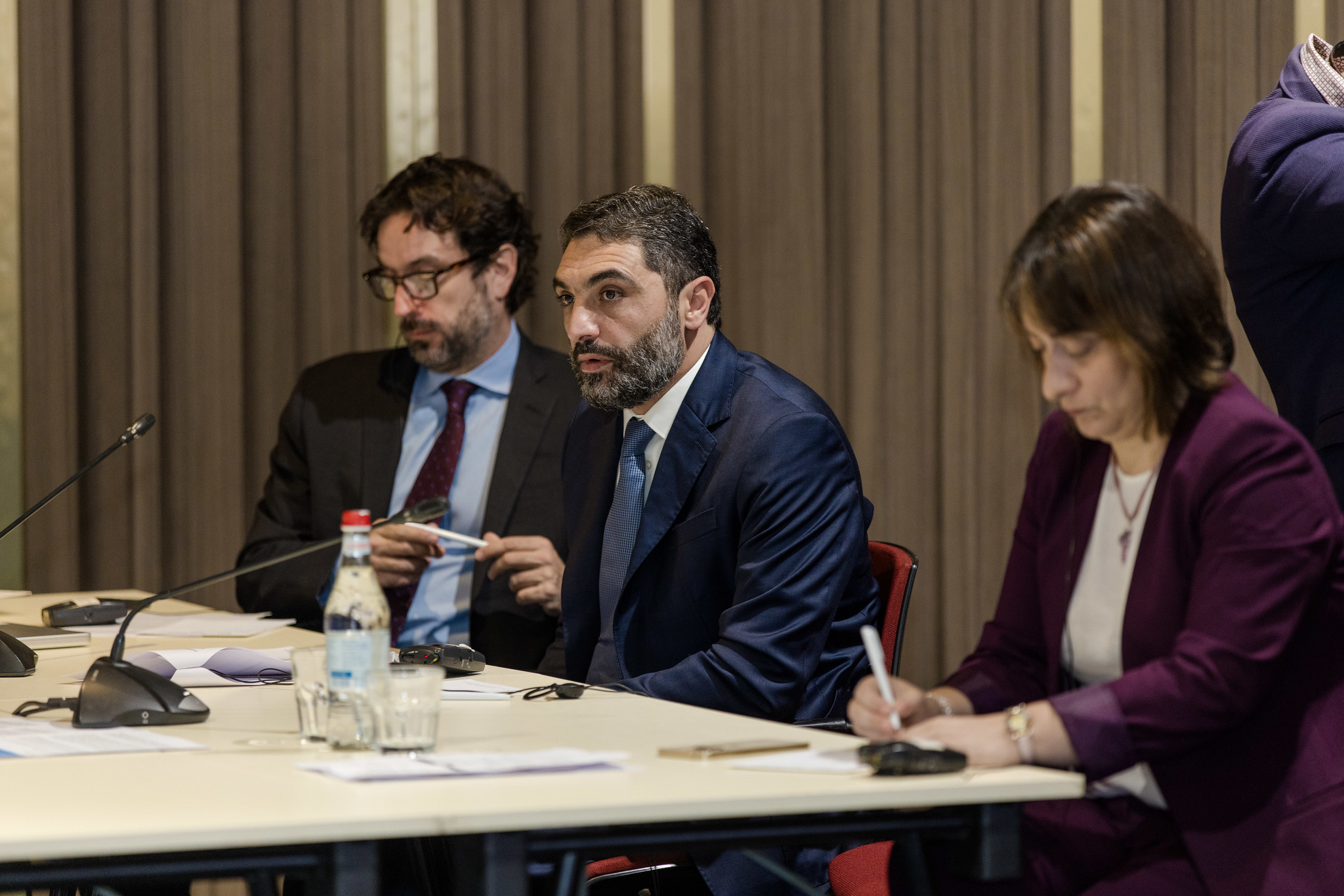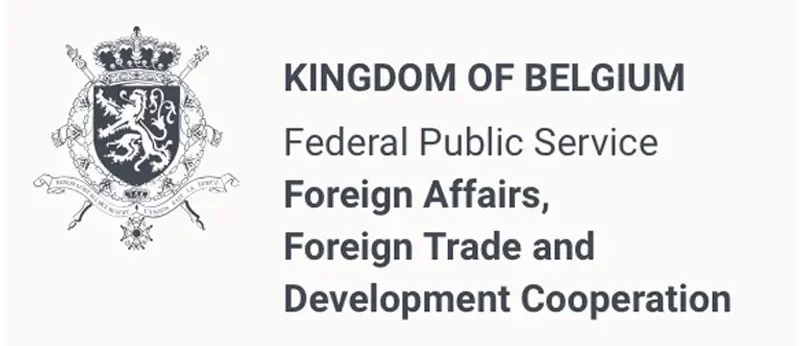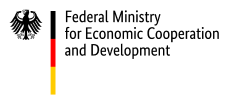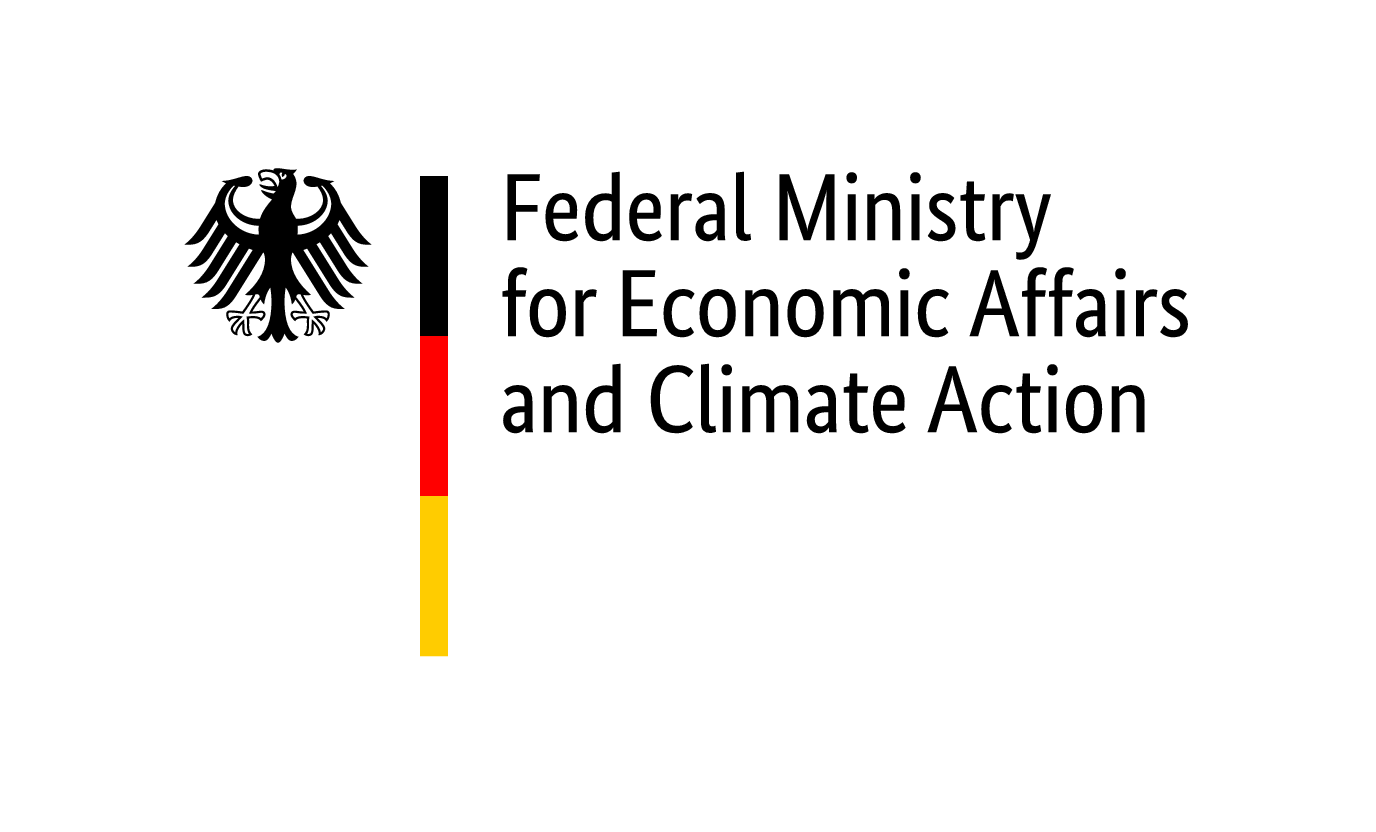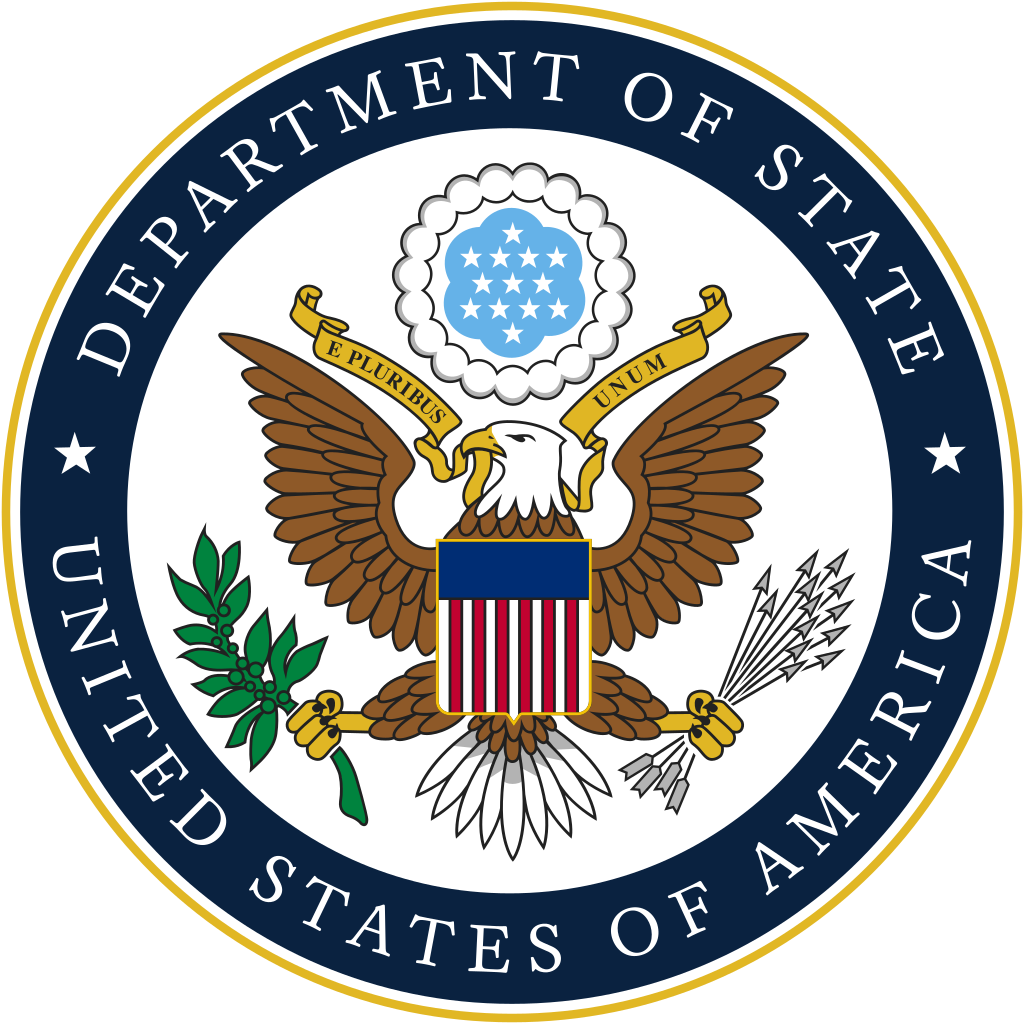Over the past 25 years, climate-related disasters such as droughts, floods, heatwaves, landslides, hail, storms and wildfires have caused more than USD 1.5 billion in assessed damages and losses — equivalent to 0.6% of Armenia’s GDP annually. Other impacts, such as shifting temperatures, changing precipitation patterns, land degradation and biodiversity loss, are unfolding more gradually.
These hazards threaten key sectors of Armenia’s economy, particularly agriculture, which depends on stable water supplies. Rising temperatures and prolonged droughts are putting pressure on water infrastructure, while desertification and land degradation are altering landscapes. Forest cover — already low — is shrinking further, with 70% of Armenia’s forests degraded and turning into grasslands. Compounding these challenges, Armenia is projected to warm 40% more than the global average under a business-as-usual scenario, with temperatures rising by 4.7 degrees C by 2100.
Adding to Armenia’s climate vulnerabilities, more than 80% of the population lives in seismically active areas, further exposing communities to environmental risks. While Armenia’s emissions are low in both global and regional contexts — especially compared to its oil- and gas-producing neighbors — its energy sector remains the largest source of carbon emissions, accounting for nearly two-thirds of all emissions.
A Plan for Action
The country’s 2021 NDC committed to an emissions reduction target of 40% below 1990 levels by 2030. To meet this goal, the country is driving emission reductions across key sectors, including energy, industrial processes, agriculture, waste, forestry and land use.
A major pillar of Armenia’s mitigation strategy is expanding renewable energy. By 2030, the country aims to double the share of renewables in electricity generation and achieve carbon neutrality in the second half of the century. This includes scaling up solar energy to 15% of total production, requiring 500 megawatts (MW) of new solar capacity with storage, alongside 500 MW of wind power. With additional investments in large hydropower, renewables are set to generate about 50% of electricity by 2030 and 60% by 2040.
500 MW
of new solar capacity with storage500 MW
of wind power50%
share of renewable electricity by 203060%
share of renewable electricity by 2040A member of the NDC Partnership since 2018, Armenia has leveraged members’ support to develop an NDC Partner Support Coordination Plan. This plan serves as a key implementation tool and maps Armenia’s framework for NDC action until 2035 (in line with the most recent NDC, or “NDC 3.0”), ensuring that national climate goals are backed by a structured, results-driven approach. It functions as both a strategic roadmap and a coordination mechanism, aligning Armenia’s NDC implementation with its Long-Term Low Emissions Development Strategy (LT-LEDS), National Adaptation Plan and sectoral strategies. By clearly defining priorities and tracking progress, the Coordination Plan strengthens interagency collaboration and mobilizes resources to accelerate climate action.

Over the period of the Partnership country engagement, the collaboration between the NDC Partnership and Armenia has added value to climate action, with a proven track record ranging from global initiatives and national projects to day-to-day facilitation. We look forward to working through the Partnership further in the coming years to strengthen our efforts at NDC implementation.
Aram Meymaryan
Armenia’s Deputy Minister of Environment
The Coordination Plan outlines four key outcomes to drive progress:

Strengthened legislative frameworks to support climate action

Mitigation measures in the energy and non-energy sectors

Adaptation measures in climate vulnerable sectors

Capacity building to enhance institutional and technical expertise
Beyond guiding policy and action, the plan also serves as a resource mobilization tool, identifying diverse sources of funding — including public funds, multilateral climate finance, international institutions, developed countries and private-sector investment — to support Armenia’s long-term climate resilience.
The plan was developed with strategic support from the NDC Partnership, coordinated through the In-Country Facilitator deployed by UNDP, a Partnership role designed to strengthen coordination across ministries and add capacity for tracking, planning and mobilizing NDC support.
Energy Transition: The Core of Armenia’s Climate Action
Armenia’s climate strategy places a strong emphasis on the energy sector — not only because it is the country’s largest source of emissions but also because of the wide variety of options that presents significant opportunities for economic growth and energy independence. Beyond the urgent need for emissions reduction, the transition to renewables is also a pathway to a more secure, self-sufficient energy system, reducing reliance on imported fossil fuels.
As a result, energy policy drives both Armenia’s NDC and its LT-LEDS. The country has set clear, time-bound targets for scaling up renewable energy, aiming for solar to make up at least 15% of total energy production by 2030. Thanks to strong implementation planning and policy incentives — such as the transition to a liberalized electricity market model — Armenia has already made significant progress. By 2024, solar energy’s share had reached 13%, putting the country within reach of its 2030 goal. Likewise, in the same year, total renewable energy use grew to 32.3%, up from 27.4% in 2023.
This rapid progress reflects the effectiveness of Armenia’s implementation approach, demonstrating how clear targets, well-structured planning and supportive policies can drive meaningful results. With continued momentum, Armenia is well on its way to transforming its energy landscape while delivering on its climate commitments.

Armenia’s Solar Potential
The NDC Partner Support Coordination Plan targets mitigation measures in the energy sector — and the country has made significant strides in expanding renewable energy, with innovative projects helping to transform the country’s energy landscape. Among these, the Masrik-1 Solar Facility stands out, showcasing Armenia’s potential to scale up solar power.
Located near Sevan National Park, about 160 kilometers from Yerevan, Masrik-1 was developed through a public-private partnership involving local and international companies, with financing from institutions like the European Bank for Reconstruction and Development (EBRD) and the International Finance Corporation (IFC). With a 62 MW capacity and 114,984 solar panels, Masrik-1 is one of Armenia’s largest solar energy facilities. It is expected to generate about 128 GWh of electricity annually, enough to power over 20,000 homes, while preventing the release of more than 54,000 tonness of CO2 per year.
“Armenia has huge solar potential, with high irradiation and relatively clean air in non-urbanized areas,” said Hayk Shekyan, CEO of Shtigen Group, the company that built the plant. “Masrik-1 is a major step forward for Armenia’s energy transition — but it also brings local economic benefits, creating jobs and stimulating investment in a remote part of the country.”
The next challenge is scaling up similar projects and ensuring greater connectivity to regional power grids, allowing Armenia to strengthen its energy security and potentially export renewable energy to its neighbors.

Ten years ago, we referred to renewables as alternative energy. Now, the real alternative is fossil fuels. In this shift, it’s critical for Armenia to take a leadership role — not just by adopting global technologies, but by advancing research, finance and implementation, positioning itself as a regional clean energy hub.
Hayk Shekyan
CEO of Shtigen Group, the company that runs and manages the plant
A Renewable, Sustainable Future for Armenia
As Armenia develops its NDC 3.0, the energy sector will remain central to its emissions-reduction strategy. The country aims to take an economy-wide approach, setting targets across all greenhouse gases (GHGs) and sectors, in line with the global goal of limiting warming to 1.5 degrees C.
Since joining the NDC Partnership, Armenia has actively leveraged support to advance its climate goals. The country has received full support for NDC 3.0 development through the Global Call for NDCs 3.0 & LT-LEDS, led by the Ministry of Environment and the Ministry of Economy as focal point agencies, with support from UNDP.
While renewable energy adoption will continue to drive emissions reductions, Armenia is expanding its focus to incorporate more economic sectors into its climate commitments. The country is prioritizing a whole-of-society approach, ensuring that policymakers, local communities, international partners, the private sector, academia, youth, women and vulnerable groups all play a role in shaping and implementing climate action.
By engaging a diverse range of stakeholders, Armenia is working to enhance the effectiveness and long-term sustainability of its NDC, ensuring that climate action is not only ambitious — but also practical, inclusive and implementable.

More Impact Pathways

The NDC Partnership: A Convening Force for NDCs 3.0
Learn about NDC 3.0 progress and support mechanisms such as the Global Call for NDCs 3.0 & LT-LEDS, the NDC 3.0 Navigator and the Partnership Action Fund (PAF).
Read Story
Financing the Future: Colombia’s Climate Finance Broker
See how Colombia is promoting climate investments through its Climate Finance Broker Facility.
Read Story
Mainstreaming Sustainability and Climate Goals into National Development
Explore how countries are integrating climate action with gender, youth and broader national development priorities.
Read Story